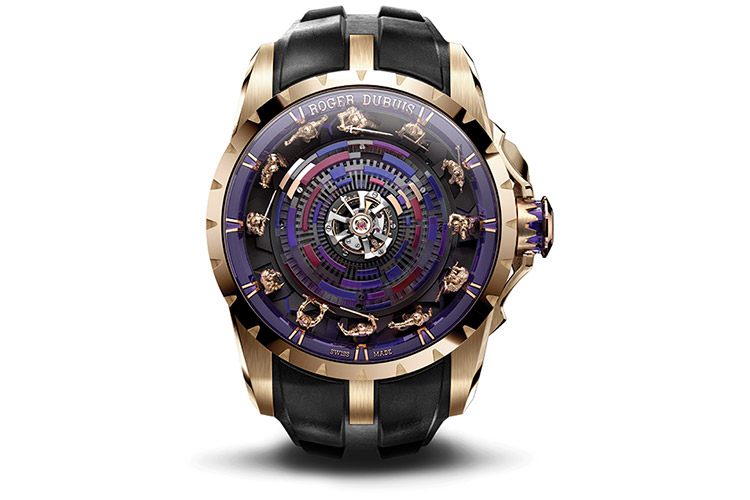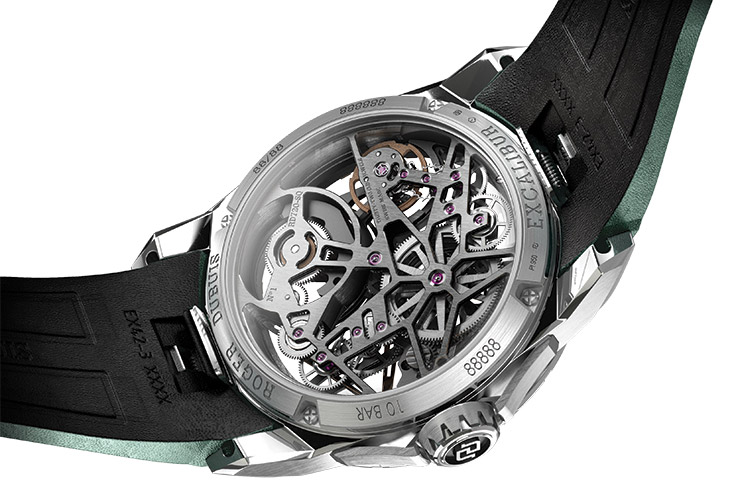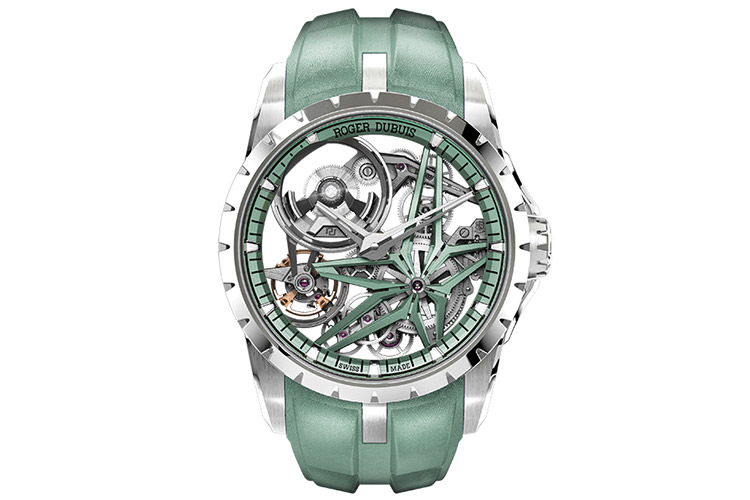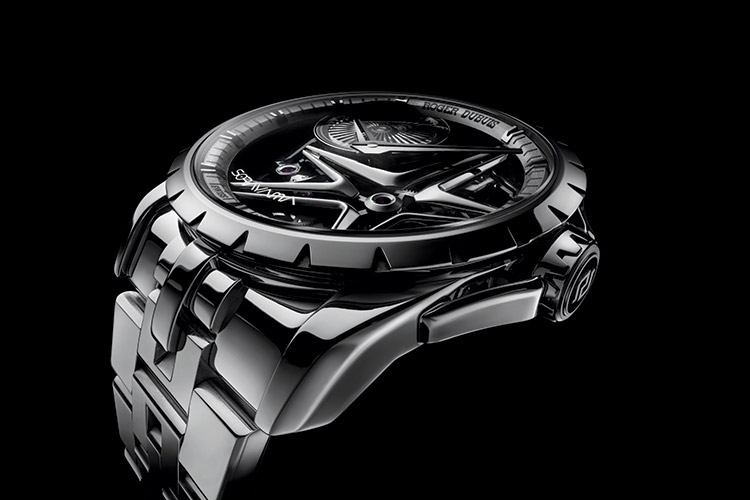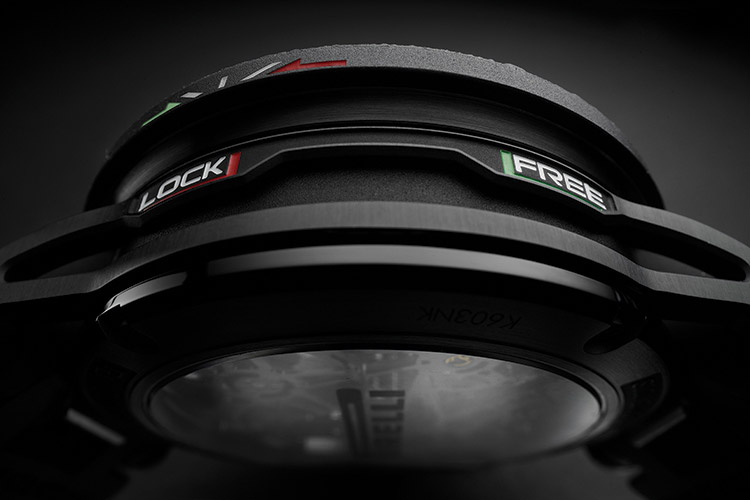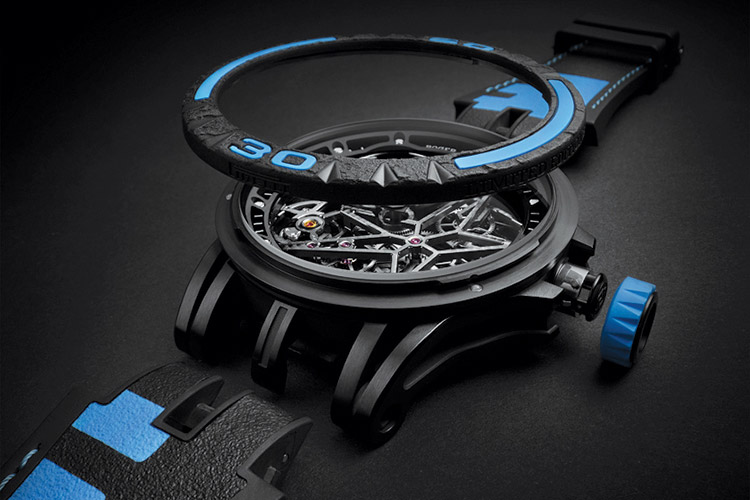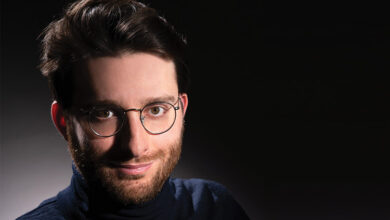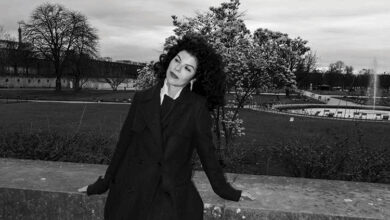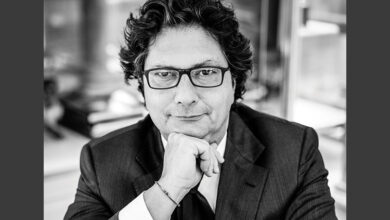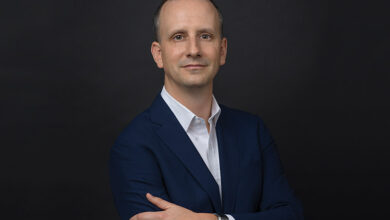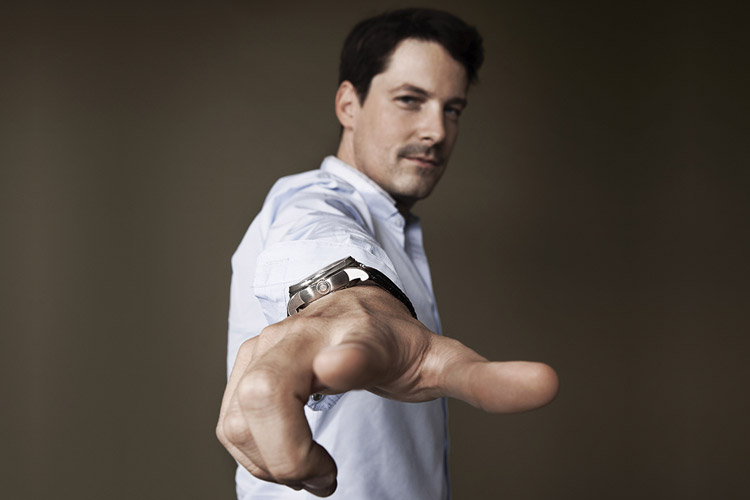
Masters of hyper horology, Roger Dubuis is famed for the artistic mastery of its timepieces with some of them being truly horological masterpieces that also push the boundaries of micro-sculpting and creativity. We speak with Gregory Bruttin – Product Strategy Director for Roger Dubuis – on his recent visit to Dubai during the launch of its new Platinum Edition Excalibur Monobalancier – a Middle East-exclusive and available only at The Dubai Mall
Can you tell us about Roger Dubuis’ new Platinum Edition Excalibur Monobalancier Dubai edition? Is it a limited one?
It is not a limited edition in terms of numbers, but it will be limited in terms of production; we will be producing only 10-12 pieces per year. The idea is to go back to the use of platinum as it is a material that has been used in the past by Roger Dubuis. It is important for us as it is a material that collectors love. We wanted it to be something unique; at Roger Dubuis, we love to play with colours, which is not something we do in our watches made of cobalt, which has a deep blue hue. We match colours for our cobalt watches and so have blue-coloured movements in our cobalt cases, making it easy to identify. In platinum, we are now featuring a green movement.
How did you attain that particular shade of green, as it looks unique and striking?
We wanted a unique colour that is not flashy. As we expect it to be a collector’s piece, we wanted something understated. The challenge was to get something that would match with different coloured straps, such as white or black straps. It is discreet but original – the perfect balance for this kind of material. From now on, all our platinum pieces will be in this signature colour. We love detailing and so we have added a small diamond on the micro rotor, which adds character to the face of the watch.
During Watches and Wonders, you also debuted the easy exchange for the bezel, the crown, and the strap; will this be featured for more watches in the future?
No, the idea is to use that exclusively for Pirelli watches. All Pirelli watches in the future will feature that. The idea is to renew the Pirelli watch every day; we will come with new animations every year.
Will this also apply to the regular Huracán watches? Or is it a Pirelli-exclusive?
No, this is strictly for Pirelli watches. We started to play with the bezel in our extremely high-end pieces, because we wanted to give an advantage to our clients who buy our very exclusive pieces. It is nice to have the possibility to change.
It is a great idea and the first time we have a watch where you can change everything; how did you come by that concept?
The concept of changing everything goes very well with Pirelli because in a pit stop you change everything in a very short time. We had an internal competition to see how fast we could change everything, and the shortest was 30 seconds to remove and put on the new bezel, crown, and strap.
Can you tell us how the theme of the Knights of the Round Table was conceived? At that time, did you expect it to be such a success and to go on for such a long time?
It began because we wanted to link the name of the case with the legend, as the Excalibur is the name of King Arthur’s sword. We decided to create the watch with the knights of the round table presenting the dial as the table. It was very interesting because it also fit with the philosophy of the brand; the knights are a community of experts as are we.
In the beginning, we could not even imagine that it would be this much of a success. The storytelling was very strong, the value of the piece was great, and in terms of design, it was unique and original. The beauty of the Knights of the Round Table pieces is that they are highly complex to produce and is probably the main reason for the success of this product.
How difficult is to conceptualise and create new editions of the Knights of the Round Table, especially as the recent editions unlike the first ones also feature complicated movements in addition to micro-sculptures, and very high-end finishings?
In terms of strategy, we change the sub-theme every three years; we change the colour each year. After three years, we change the theme and when we change that, we change the knights also. It was a great strategy initially, but in terms of timing now, it is very difficult to redesign everything in three years. Every year, we change the colour of the table and it was easy earlier as it was painting and enamelling, but now we play with transformed glass and we have to find the material – to work with mosaic, to have a very specific rendering and that takes a lot of time and effort. And when we have done that, we need to start working on the concept. That is the real challenge as three years is too short for a new concept. That is also the reason why we decided to come out with the tourbillon every two years and not every year. I am not sure it is realistic because the idea with the tourbillon was that we will come up with a new complication, a new table, each time as they are highly exclusive pieces. We do not want different iterations but create a completely new product each time. Currently, the Knights of the Round Table occupies 20% of our Development team’s capacity, even though they are highly limited editions.
Roger Dubuis has come out with new partnerships in the past few years, such as with Dr Woo and Sorayama; can we expect new partnerships every year?
We had three partnerships last year: Gully, Dr Woo, and Sorayama. We plan to have two or three every year, with different ideas and fields. It is not a partnership, rather a collaboration. We have a partnership with Lamborghini – something that is a long-term relationship. In our collaborations, we work with them for one or two products.
How does the collaboration work? Do you approach the artist, and why do you pick a certain artist?
The main determiner is to find an artist with the same vision that we have. That is the first condition. If you don’t have a similar vision, it is difficult to work together; it would not be a collaboration and you would end up putting your logo on top of the artist’s watch. We really spend time with the artist, explain, discuss our concept, and work together to create a co-developed product. We always present our own interpretation of the collaboration, but the starting point is always the artist’s vision and then something that we come up together with. Because it is a watch and we are the experts in making them, our input is key. But the initial impetus is always the vision of the artist.
